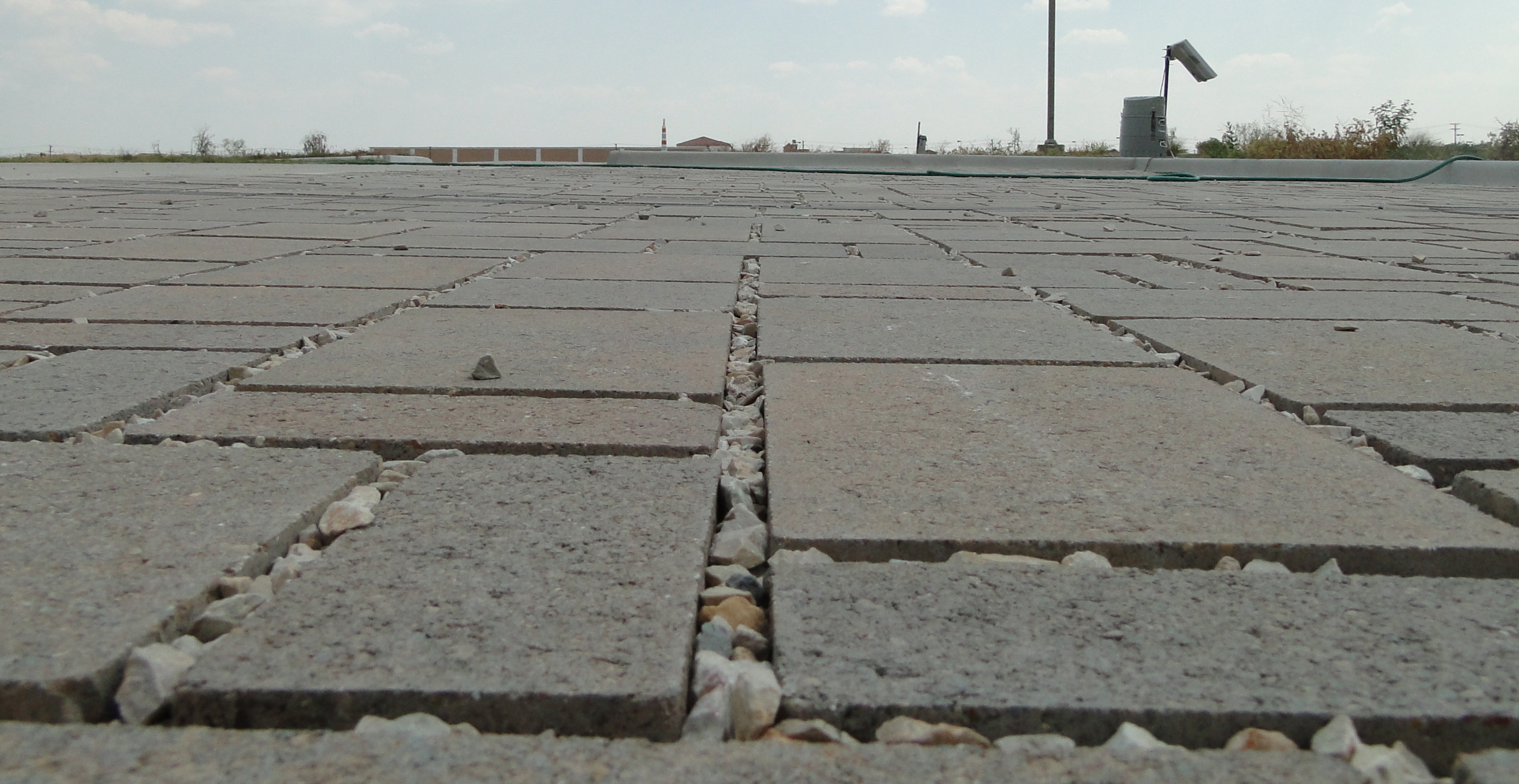By Carolina Griggs, Vlada Kenniff, and Julie Stein with New York City Department of Environmental Protection
Water’s worth it, but how much? The New York City Department of Environmental Protection (DEP) initiated a study to discover how much a gallon of water saved is worth in terms of DEP’s operational and capital costs, and whether these savings can be converted to incentives for private water recycling systems. DEP is looking at systems that reuse between 94,625 and 1.9 million L/d (25,000 and 500,000 gal/d).
The study will help DEP understand the potential uses of onsite water recycling systems for stormwater, graywater, and blackwater — a strategy that could crosscut multiple programs to achieve different objectives. DEP is looking at both ends of the system, water supply and wastewater treatment, encompassing related impacts on water demand, operational savings at wastewater conveyance and treatment facilities, and reduced capital costs for combined sewer overflow (CSO) controls and water quality improvements.
DEP manages New York City’s water supply, providing more than 3.8 million m3/d (1 billion gal/d) of water to more than 9 million residents. The water is delivered from a watershed that extends more than 200 km (125 mi) from the city, comprising 19 reservoirs and three controlled lakes. Approximately 11,300 km (7000 mi) of water mains, tunnels, and aqueducts bring water to homes and businesses throughout the five boroughs, and 11,900 km (7400 mi) of sewer lines and 96 pump stations take wastewater to 14 city treatment plants.
As planning continues for the repair of the Delaware Aqueduct, which will require the temporary shutdown of the tunnel between 2020 and 2021, DEP is evaluating various measures for reducing water demand. In addition to the costs of providing the above services, a significant portion of DEP’s capital program is driven by mandates related to drinking water supply and water quality improvements in receiving waterbodies. From fiscal years 2002 to 2011, $15 billion, or 69% of total capital commitments, were dedicated to such mandates.
As demonstrated in New York City’s Green Infrastructure Plan, solutions must be cost-effective, given increasing operational costs, the high costs of retrofitting existing infrastructure for incremental improvements, and expected future mandates. As a result of cost-effectiveness assessments and comparisons to traditional gray infrastructure, DEP is in the process of implementing decentralized measures, such as bioswales and green streets in the right-of-way, timers on the city’s playground showers, and toilet replacement programs for private and municipal buildings, to achieve water demand and stormwater management objectives.
To further assess the costs and benefits of a water recycling program, the study will include an estimate of current and projected variable costs per gallon of water supplied and treated by DEP. Variable costs include energy, chemicals, supplies, potable water, and contracts. The study estimates how a 5% flow reduction and additional incremental reductions would affect DEP’s variable costs. Similar flow reductions will be applied to a case study CSO drainage area to determine whether anticipated capital projects may be minimized or avoided in the future, based on modeled CSO volume or frequency reductions.
To verify whether these types of flow reductions are feasible, the study will identify potential applications for water recycling systems within case study areas. It will estimate costs and benefits from the perspective of a developer interested in installing a water recycling system, based on water and wastewater rate savings, Leadership in Energy and Environmental Design (LEED) standards, other sustainability certifications, or potential incentive programs.
By conducting a full study that compares the potential impacts of water recycling systems on DEP’s operational and capital programs, as well as life-cycle costs for developers, DEP can make the most cost-effective choices toward achieving its diverse short- and long-term objectives. DEP’s water recycling study will be completed in 2013. Contact DEP for more information about this study.




